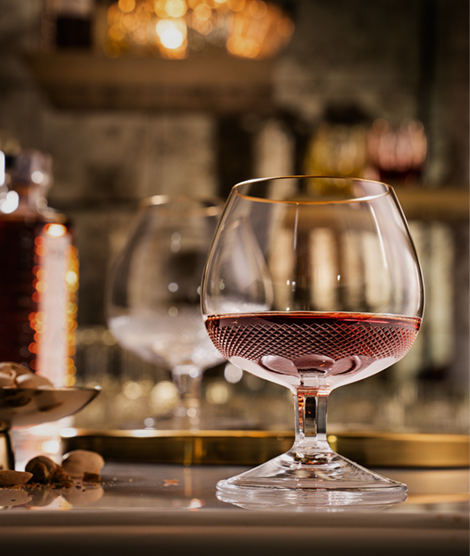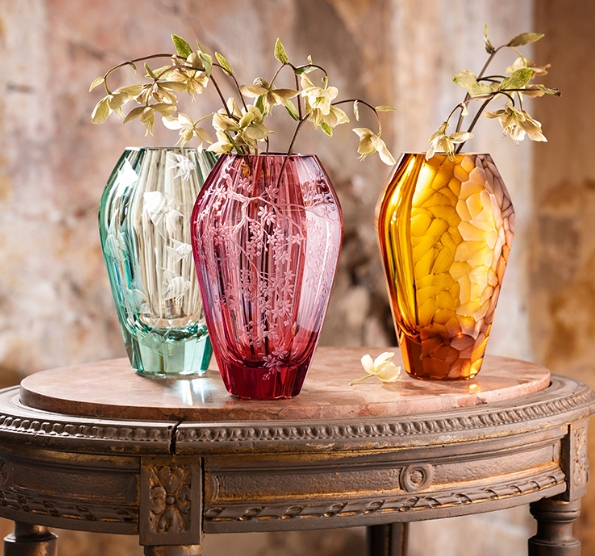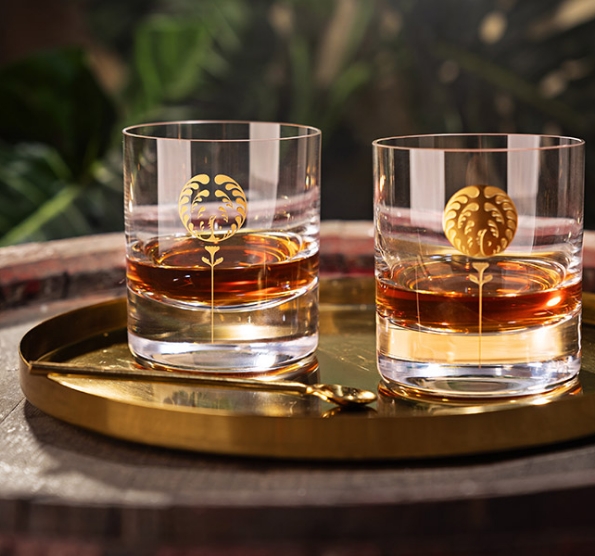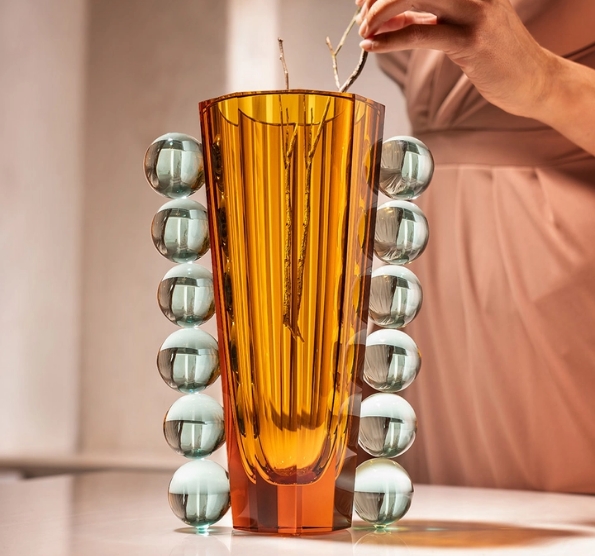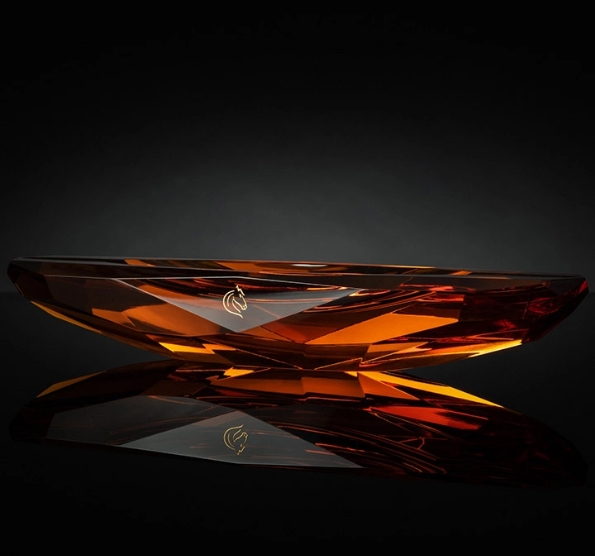Breadcrumbs navigation
- Home page
- About Moser
- Blog
- With esteem for taste. How to choose wine glasses?

With esteem for taste. How to choose wine glasses?
As a celebrated chemist and microbiologist Louis Pasteur claimed – a bottle of wine may hold a far greater dose of philosophy within than all the existing books. According to a well-known author William Shakespeare, wine of choice means a good friend to anyone. Both intellectuals knew that wine deserved one’s respect. Show such through your choice of an appropriate wine glass. Let the wine’s colour, taste, and scent excel.
1. Begin with the right body
Wine glass’ curves are often divided into three sections. The first one is a stem – a bottom part which ensures the glass’ balance while one puts it down. Concretely its design shall bring you pleasure. The second part is a foot, which affects wine’s taste a little more. While glasses aimed for white wines have their feet thin and long, those for red wineshave theirs mildly widened and shorter. They prevent the glass from being strewn with fingerprints, as it may hinder one from feasting their eyes on wine’s colour or structure. Also, they avert wine’s unintended warming up. One may appreciate the latter especially in the case of white and sparkling wines, as those ought to be served chilled. Although if you find yourself enjoying glasses without feet, there are always red varieties which, fortunately, bear warmth of one’s hands very well. And eventually the most essential part of the wine glass which holds this delicate wine liquid within – chalice. 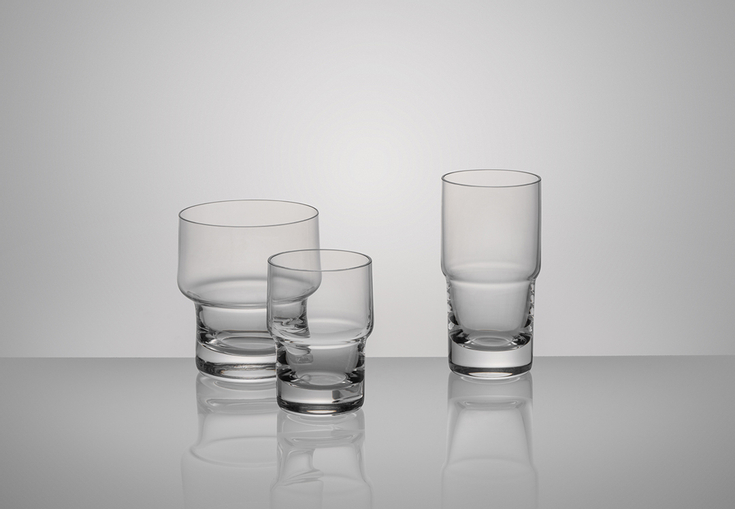
Geo and Stockholm wine glasses prove that feet are not necessary.
2. Encourage the vigour of white wines
Since you enjoy white varieties chilled, the glasses ought to be smaller in order tomaintain the right temperature. Owing to a small chalice, the distance between you and this adorable scent is almost negligible. Therefore, you may enjoy your glass of wine at its finest. An ideal glass is in the shape of a tulip – the chalice very much widens at the bottom and narrows again towards the glass’ top, in order to bring the scent right to one’s smell. If you, however, prefer full-tasting white wines, you shall welcome a rounded glass of the so-called balloon-like (or onion-like) shape. Such a glass enables both wine’s taste and qualities to spread all over the glass’ space. And you may proceed the same in the case of rose varieties as well. 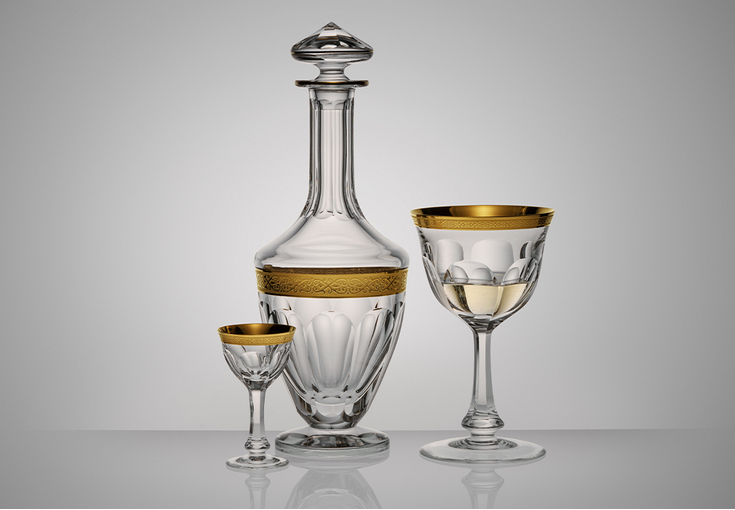
Relish your white wine along with Lady Hamilton glasses, which are inspired by the infinite beauty of an actress Emmy Hamilton. Paula or Pope collection may become a treasure of yours as well. Royal collection shall offer a royal experience indeed. And you may not take your eyes off such legendary Splendid glasses either – same as a number ofsignificant personas across the world.

3. Evolve full tones of red wines
Red wines often abound with more distinct taste and scent which fully excel within a large glass. Owing to this, wine oxygenates faster and all its scents link to one another in pure harmony before they reach the glass’ top. Since an ideal volume of a glass aimed for red wine ought to be around 500 ml, wine liquid should fill it from one third only. Though it may give the impression of a waste of space, it is not so – as you may relish your wine much longer. A rounded balloon-like glass means an ideal choice for light varieties with a gentle scent. A large glass in the shape of a tulip is, on the other hand, perfect for heavier and full-tasting varieties of red wine.
Wellenspiel, Bouquet, and Oeno – discover collections which let not merely red wine excel.
4. Bear special varieties in mind
In the case of dessert and port wines, opt for small and narrow glasses. Due to theircaptivating sweetness and higher proof, such wines are often served in smaller portions. Also, the narrow glass’ neck prevents alcohol from vanishing too fast. In the case of sparkling wines and champagne, on the other hand, it is wise to choose long and narrow glasses, the so-called “flutes.” Those, owing to their long chalice and often embossed bottom, offer an enchanting spectacle at dancing chains of little bubbles. During exceptional occasions, you may come across a wide and shallow glass called “coup.” Such a type used to be employed mainly during the first half of the twentieth century. Its wide open chalice, unlike that of the flute, doesn’t prevent sparkling wines from going stale.
Maharani, Mozart, Sonnet, and Fluent collections embody an honour to champagne of choice.
